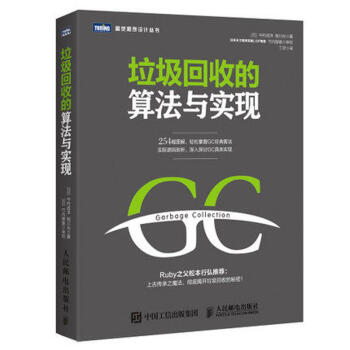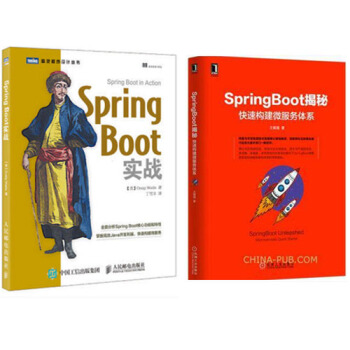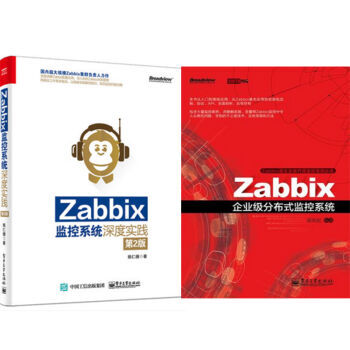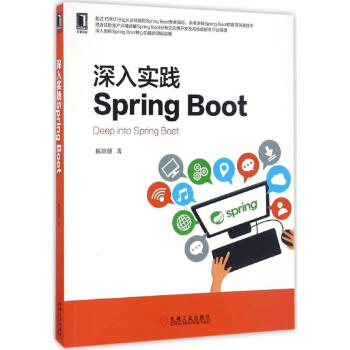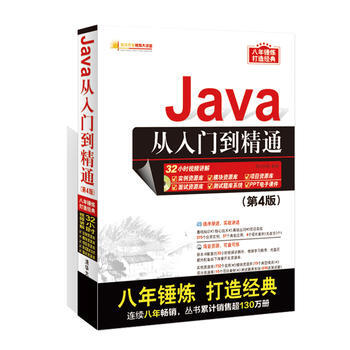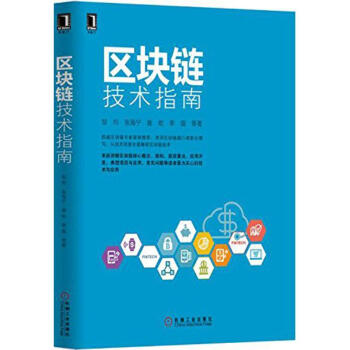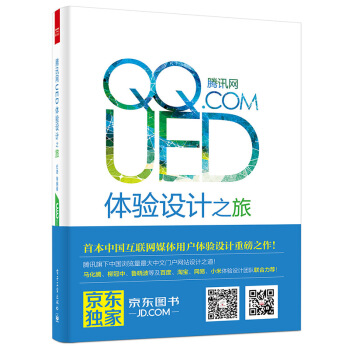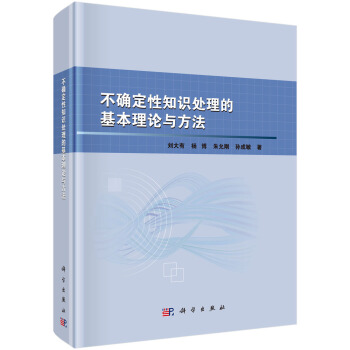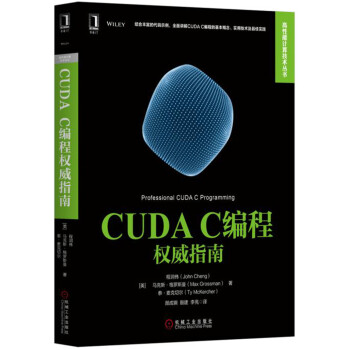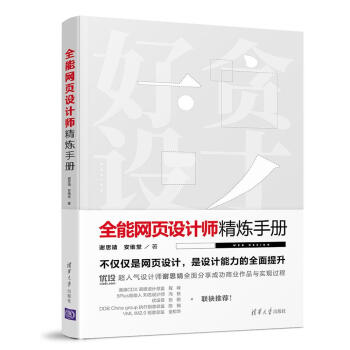![数字信号处理:应用MATLAB(第3版 英文影印版) [Digital Signal Processing Using MATLAB(Third Edition)]](https://pic.tinynews.org/11881132/56ebcf20Nd6379c0a.jpg)

具体描述
内容简介
《数字信号处理:应用MATLAB(第3版 英文影印版)》介绍了MATLAB在数字信号处理中的应用,包括时分信号与系统、时分傅里叶变换、z变换、离散傅里叶变换、离散时间滤波器实现、FIR滤波器设计、HR滤波器设计以及采样率转换等内容。《数字信号处理:应用MATLAB(第3版 英文影印版)》通过使用MATLAB这一“动态实验室”帮助读者提高解决问题的能力和严谨思维的能力。内页插图
目录
PREFACE1 INTRODUCTION
1.1 Overview of Digital Signal Processing
1.2 A Brief Introduction to MATLAB
1.3 Applications of Digital Signal Processing
1.4 Brief Overview of the Book
2 DISCRETE—TIME SIGNALS AND SYSTEMS
2.1 Discrete—time Signals
2.2 Discrete Systems
2.3 Convolution
2.4 Difference Equations
2.5 Problems
3 THE DISCRETE—TIME FOURIER ANALYSIS
3.1 The Discrete—time Fourier Transform (DTFT)
3.2 The Properties of the DTFT
3.3 The Frequency Domain Representation of LTISystems
3.4 Sampling and Reconstruction of Analog Signals
3.5 Problems
4 THE z—TRANSFORM
4.1 The Bilateral z—Transform
4.2 Important Properties of the z—Transform
4.3 Inversion of the z—Transform
4.4 System Representation in the z—Domain
4.5 Solutions of the Difference Equations
4.6 Problems
5 THE DISCRETE FOURIER TRANSFORM
5.1 The Discrete Fourier Series
5.2 Sampling and Reconstruction in the z—Domain
5.3 The Discrete Fourier Transform
5.4 Properties of the Discrete Fourier Transform
5.5 Linear Convolution Using the DFT
5.6 The Fast Fourier Transform
5.7 Problems
6 IMPLEMENTATION OF DISCRETE—TIME FILTERS
6.1 Basic Elements
6.2 IIR Filter Structures
6.3 FIR Filter Structures
6.4 Lattice Filter Structures
6.5 Overview of Finite—Precision Numerical Effects
6.6 Representation of Numbers
6.7 The Process of Quantization and Error Characterizations
6.8 Quantization of Filter Coefficients
6.9 Problems
7 FIR FILTER DESIGN
7.1 Preliminaries 304
7.2 Properties of Linear—phase FIR Filters
7.3 Window Design Techniques
7.4 Frequency Sampling Design Techniques
7.5 Optimal Equiripple Design Technique
7.6 Problems
8 IIR FILTER DESIGN
8.1 Some Preliminaries
8.2 Some Special Filter Types
8.3 Characteristics of Prototype Analog Filters
8.4 Analog—to—Digital Filter Transformations
8.5 Lowpass Filter Design Using MATLAB
8.6 Frequency—band Transformations
8.7 Problems
9 SAMPLING RATE CONVERSION
9.1 Introduction
9.2 Decimation by a Factor D
9.3 Interpolation by a Factor I
9.4 Sampling Rate Conversion by a Rational Factor I/D
9.5 FIR Filter Designs for Sampling Rate Conversion
9.6 FIR Filter Structures for Sampling Rate Conversion
9.7 Problems
10 ROUND—OFF EFFECTS IN DIGITAL FILTERS
10.1 Analysis of A/D Quantization Noise
10.2 Round—off Effects in IIR Digital Filters
10.3 Round—off Effects in FIR Digital Filters
10.4 Problems
BIBLIOGRAPHY
前言/序言
From the beginning of the 1980s we have witnessed a revolution in computer technology and an explosion in user-friendly applications. This revolution is still continuing today with low-cost personal computer systems that rival the performance of expensive workstations. This technological prowess should be brought to bear on the educational process and, in particular, on effective teaching that can result in enhanced learning. This companion book on digital signal processing (DSP) makes a small contribution toward reaching that goal.The teaching methods in signal processing have changed over the years from the simple "lecture-only" format to a more integrated "lecture-laboratory" environment in which practical hands-on issues are taught using DSP hardware. However, for effective teaching of DSP the lecture component must also make extensive use of computer-based explanations,examples, and exercises. For the past several years, the MATLAB soft-ware developed by The Math Works, Inc. has established itself as the defacto standard for numerical computation in the signal-processing community and as a platform of choice for algorithm development. There are several reasons for this development, but the most important reason is that MATLAB is available on practically all-computing platforms. In this book we have made an attempt at integrating MATLAB with traditionaltopics in DSP so that it can be used to explore difficult topics and solve problems to gain insight. Many problems or design algorithms in DSP
require considerable computation. It is for these that MATLAB provides a convenient tool so that many scenarios can be tried with ease. Such an approach can enhance the learning process.
用户评价
翻开正文,首先被吸引住的是书中图表的精美程度。无论是信号的时域波形图,还是频谱分析的频率响应图,亦或是滤波器设计的伯德图,都绘制得清晰、准确且美观。这些图表不仅仅是作为文字的辅助,更像是一种独立的语言,能够直观地揭示信号的内在规律和系统的特性。我尤其喜欢书中对于一些关键概念的图解,例如卷积运算的直观演示,或者Z变换的几何解释,这些图示极大地降低了理解的难度,让我能更快地把握核心要义。另外,书中对MATLAB代码的排版也十分考究,每一段代码都清晰地缩进,关键词和变量的颜色区分也恰到好处,使得代码的阅读和理解效率大大提高。甚至连注释都写得非常详尽,解释了代码的每一部分功能,使得即使是MATLAB新手,也能在参考这些示例代码的基础上,逐步掌握编程技巧。这种对细节的关注,充分体现了作者的专业性和教学上的严谨态度。
评分这本书的英文原版封面设计简洁而现代,封面上“Digital Signal Processing Using MATLAB”几个大字跃然纸上,副标题“Third Edition”则表明了其更新迭代的程度,让人对其中内容的最新性充满了期待。当我拿到这本厚重的影印版时,首先感受到的是纸张的质感,厚实且带有微微的磨砂感,翻阅时不会有廉价的滑腻感,这对于长期捧读的读者来说,是一种舒适的触感体验。印刷清晰度很高,即使是复杂的公式和密集的代码,也能辨认得一清二楚,黑白分明的页面布局也使得阅读过程更加流畅,没有丝毫的费力。页边距的设计也比较合理,既有足够的空间供我进行批注和标记,又不会显得页码冗杂,整体给人一种专业、严谨又不失人性化的感觉。我尤其欣赏其封面的配色,沉稳而不失活力,恰到好处地传递了数字信号处理这一领域既有深度又充满创造性的特质。这本书摆在书架上,无疑会成为一个引人注目的存在,每一次目光扫过,都能勾起我深入探索其中奥秘的欲望。
评分对于我这样一个长期从事信号处理相关工作的从业者而言,一本优秀的参考书不仅要有扎实的理论基础,更要紧贴实际应用。这本书在这一点上做得尤为出色。书中不仅深入讲解了各种信号处理算法的原理,还通过大量贴近工程实际的案例,展示了这些算法在诸如通信、音频、图像处理等领域的具体应用。例如,书中对于FFT(快速傅里叶变换)的应用解析,不仅仅停留在理论层面,而是详细介绍了如何在实际系统中利用FFT进行频谱分析、噪声去除等,并提供了相应的MATLAB代码示例。我特别关注了书中关于短时傅里叶变换(STFT)和梅尔频率倒谱系数(MFCC)的章节,这些在语音信号处理领域是至关重要的工具,能够指导我更好地进行语音识别和音频分析。通过对这些章节的学习,我能够将书中的知识体系化,并快速迁移到我的实际工作中,解决遇到的技术难题。
评分在深入阅读之前,我对本书的目录进行了初步的浏览,其章节安排的逻辑性给我留下了深刻的印象。从基础概念的引入,例如离散时间信号与系统,到傅里叶变换的各种形式及其应用,再到滤波器设计、采样理论等核心主题,内容循序渐进,难度逐步提升,非常适合从入门到进阶的学习者。特别是关于MATLAB在信号处理中的应用,书中并非只是简单地列举代码,而是将理论与实践紧密结合,通过大量的实例演示,将抽象的概念具象化,使得学习过程更加生动有趣。我注意到书中特别强调了MATLAB的 Simulink 模块,这对于那些希望进行系统级仿真的读者来说,无疑是一个巨大的亮点。 Simulink 提供了一个图形化的环境,可以直观地构建和测试信号处理系统,这对于理解复杂的算法流程和系统交互非常有帮助。此外,该书似乎还包含了一些关于现代信号处理技术,如自适应滤波器和多速率信号处理的内容,这表明其内容涵盖的范围相当广泛,足以满足不同研究方向和应用需求。
评分这本书作为一本英文影印版,其原汁原味的内容和严谨的学术风格是其最大的魅力所在。虽然语言是英文,但其清晰的表述和丰富的插图,使得理解起来并不费力,反而能够从中体会到原作者的思维逻辑和专业表达方式。我发现书中使用的术语和概念,都是当前信号处理领域最权威和标准的用法,这对于我保持学术上的同步性非常有益。同时,英文版通常在学术研究和工程实践中具有更广泛的参考价值,能够接触到最新的研究动态和前沿技术。我看到书中引用了许多经典的文献和前沿的论文,这为我进一步深入研究提供了宝贵的线索。总而言之,这本《Digital Signal Processing Using MATLAB (Third Edition)》不仅仅是一本教材,更是一部承载着丰富知识和前沿思想的宝贵文献,对于任何希望在数字信号处理领域有所建树的读者来说,都是不可多得的佳作。
相关图书
本站所有内容均为互联网搜索引擎提供的公开搜索信息,本站不存储任何数据与内容,任何内容与数据均与本站无关,如有需要请联系相关搜索引擎包括但不限于百度,google,bing,sogou 等
© 2025 book.idnshop.cc All Rights Reserved. 静思书屋 版权所有

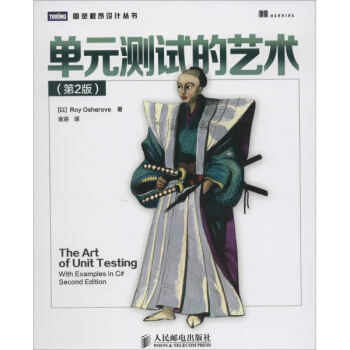

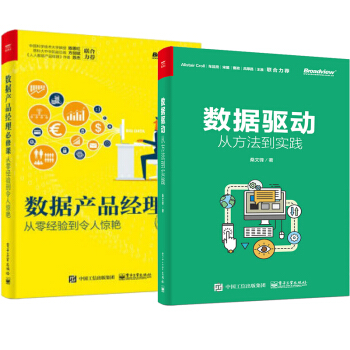
![[按需印刷] 量子计算机研究 上 pdf epub mobi 电子书 下载](https://pic.tinynews.org/10273972184/57145d41N30567020.jpg)


